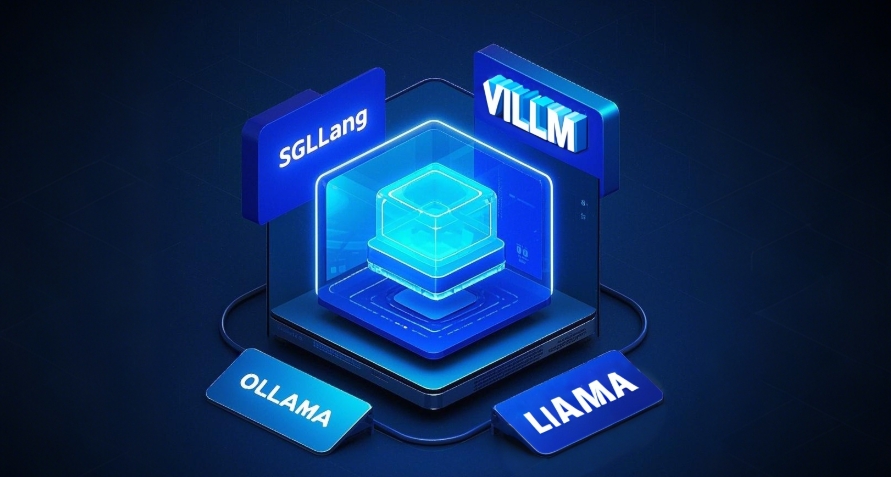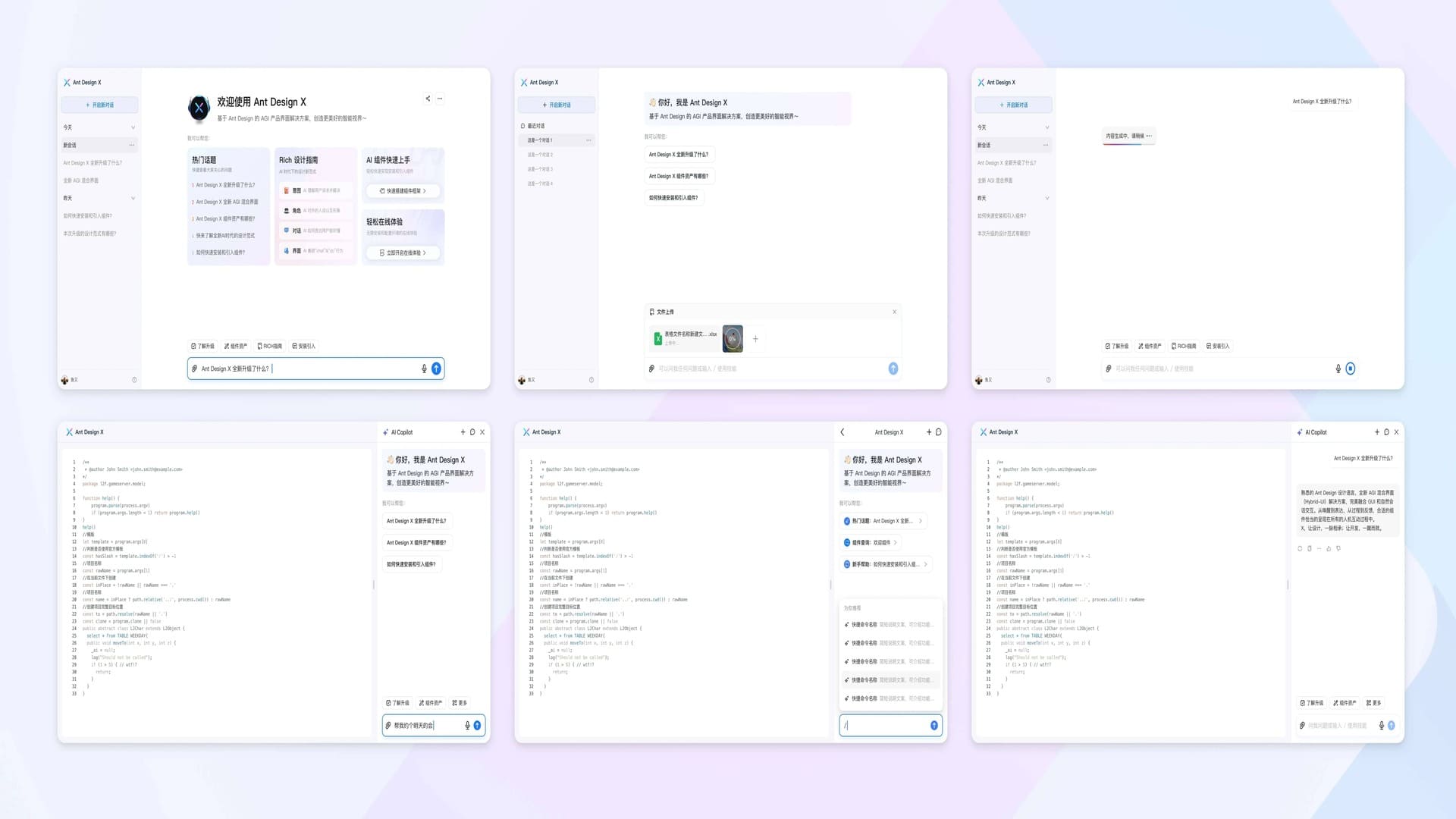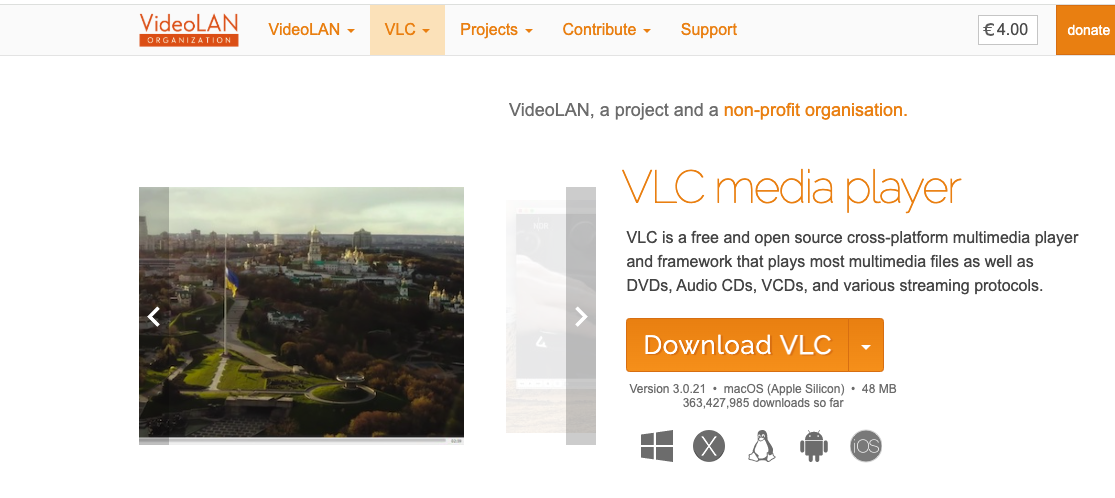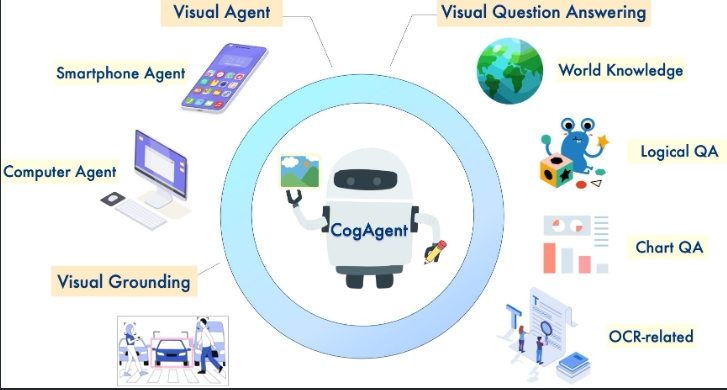Qwen-MT Translation Model: 92 Languages, $0.5/Million Tokens - Alibaba's GPT-4 Challenger
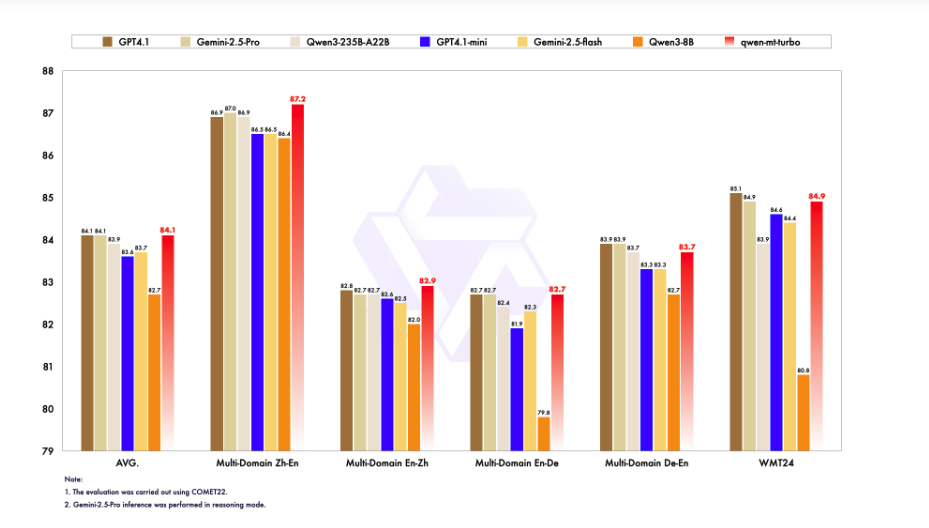
In the AI translation arena that has been dominated by Google Translate and Microsoft Translator for years, Alibaba Cloud has quietly dropped a bombshell.
The newly released Qwen-MT Turbo model not only supports high-quality translation across 92 languages but also achieves extreme cost control—requiring only $0.5 per million output tokens, a price that’s almost one-tenth of similar products on the market.
The Ambition Behind Technical Upgrades
From a technical architecture perspective, Qwen-MT is built on the powerful Qwen3 model, trained on trillions of multilingual and translation data points, and significantly improves translation accuracy and language fluency through reinforcement learning techniques. This “brute force” training approach is exactly the core of current AI large model competition.
More notably, Alibaba has adopted a lightweight Mixture of Experts (MoE) architecture for this product. This architectural design allows the model to maintain high performance while dramatically reducing inference costs and response latency, making it particularly suitable for high-concurrency environments and latency-sensitive application scenarios.
In the official evaluation data, Qwen-MT performs impressively across multiple benchmarks. In Chinese-English and English-German translation tasks, it clearly surpasses models of similar scale like GPT-4.1-mini and Gemini-2.5-Flash. Even compared to large models like GPT-4.1 and Gemini-2.5-Pro, it maintains competitiveness.
Human Evaluation Validates Capabilities
While automated evaluation is objective, in the field of translation, which highly depends on context and cultural background, human evaluation holds more value.
The Alibaba team conducted rigorous human evaluation for ten major languages: Chinese, English, Japanese, Korean, Thai, Arabic, Italian, Russian, Spanish, and French. Each test sample was scored by three independent professional translators, with systematic cross-validation ensuring the objectivity and reliability of evaluation results.
The results show that Qwen-MT performs excellently on two key metrics: acceptance rate and excellence rate, providing strong validation for its application capabilities in real deployment scenarios.
From the translation examples shown by the official team, the model demonstrates good comprehension abilities when handling different types of text such as internet slang, professional terminology, and classical Chinese. For instance, it translates the internet slang-filled sentence “搬砖的表示,用结果来推导自己的论点,真是闲得蛋疼” into relatively appropriate English expression.
Complete Language Support Matrix
Qwen-MT’s support for 92 languages covers major global language families, with the following distribution:
| Language Family | Supported Languages |
|---|---|
| Indo-European | Afrikaans, Armenian, Assamese, Asturian, Belarusian, Bengali, Bosnian, Bulgarian, Catalan, Croatian, Czech, Danish, Dutch, English, French, Galician, German, Greek, Gujarati, Hindi, Icelandic, Italian, Latvian, Lithuanian, Luxembourgish, Macedonian, Maithili, Marathi, Nepali, Norwegian Bokmål, Norwegian Nynorsk, Occitan, Odia, Polish, Portuguese, Romanian, Russian, Serbian, Sicilian, Sindhi, Sinhala, Slovak, Slovenian, Spanish, Swedish, Tosk Albanian, Ukrainian, Urdu, Venetian, Welsh, Western Persian |
| Sino-Tibetan | Chinese (Cantonese, Simplified, Traditional), Burmese |
| Afro-Asiatic | Arabic (Standard Arabic, Egyptian Arabic, Mesopotamian Arabic, Moroccan Arabic, Najdi Arabic, North Levantine Arabic, South Levantine Arabic, Ta’izzi-Adeni Arabic, Tunisian Arabic), Hebrew, Maltese |
| Austronesian | Cebuano, Indonesian, Javanese, Malay, Pangasinan, Tagalog, Waray |
| Dravidian | Kannada, Tamil, Telugu |
| Turkic | Kazakh, North Azerbaijani, North Uzbek, Turkish |
| Tai-Kadai | Thai, Lao |
| Uralic | Estonian, Finnish, Hungarian |
| Austroasiatic | Khmer, Vietnamese |
| Other Families | Basque, Georgian, Japanese, Korean, Swahili |
Quick Start Demo
Basic Translation Example
import os
from openai import OpenAI
# Initialize client
client = OpenAI(
api_key=os.getenv("DASHSCOPE_API_KEY"),
base_url="https://dashscope-intl.aliyuncs.com/compatible-mode/v1",
)
# Basic translation: Chinese to English
messages = [
{
"role": "user",
"content": "我看到这个视频后没有笑"
}
]
translation_options = {
"source_lang": "auto", # Auto-detect source language
"target_lang": "English"
}
completion = client.chat.completions.create(
model="qwen-mt-turbo",
messages=messages,
extra_body={
"translation_options": translation_options
}
)
print(completion.choices[0].message.content)
# Output: I didn't laugh after watching this videoCustomized Terminology Translation
# Professional terminology customized translation
messages = [
{
"role": "user",
"content": "这套生物传感器运用了石墨烯材料,能准确检测化学元素,反映身体健康状况。"
}
]
translation_options = {
"source_lang": "Chinese",
"target_lang": "English",
"terms": [
{
"source": "生物传感器",
"target": "biological sensor"
},
{
"source": "石墨烯",
"target": "graphene"
},
{
"source": "化学元素",
"target": "chemical elements"
}
]
}
completion = client.chat.completions.create(
model="qwen-mt-turbo",
messages=messages,
extra_body={
"translation_options": translation_options
}
)
print(completion.choices[0].message.content)
# Output: This biological sensor uses graphene material and can accurately detect chemical elements to reflect physical health status.Domain Style Customization
# IT domain professional translation
messages = [
{
"role": "user",
"content": "第二个SELECT语句返回一个数字,表示在没有LIMIT子句的情况下,第一个SELECT语句返回了多少行。"
}
]
translation_options = {
"source_lang": "Chinese",
"target_lang": "English",
"domains": "IT technical documentation. Focus on database and SQL terminology. Use precise technical language suitable for developers and database administrators."
}
completion = client.chat.completions.create(
model="qwen-mt-turbo",
messages=messages,
extra_body={
"translation_options": translation_options
}
)
print(completion.choices[0].message.content)
# Output: The second SELECT statement returns a number indicating how many rows the first SELECT statement would return without the LIMIT clause.Three Killer Features for Differentiated Competition
In the already mature machine translation market, Qwen-MT aims to break through with three core advantages:
First is highly customized capabilities. The new version provides advanced translation features such as terminology intervention, domain prompting, and translation memory. Users can predefine key terminology pairs to ensure consistency in professional vocabulary usage in outputs. This is of great value for translation needs in professional fields such as healthcare, legal, and technical documentation.
Second is cost advantage. Pricing of only $0.5 per million output tokens, combined with rapid response capabilities, makes large-scale commercial applications possible. For enterprises with substantial translation needs, this cost structure is highly attractive.
Third is extensive language coverage. Support for 92 languages covers over 95% of the global population, a breadth of coverage rarely seen in similar products.
Commercial Prospects and Challenges
From a commercial perspective, Qwen-MT’s positioning is quite clear—providing high-value translation API services for enterprise users. How big is this market? According to research institutions, the global machine translation market is expected to grow from $1.5 billion in 2023 to $5.7 billion by 2030, with a compound annual growth rate exceeding 20%.
But challenges are equally evident. Google Translate, with its massive user base and data advantages, holds absolute dominance in the consumer market. Microsoft’s translation services have been deeply entrenched in the enterprise market for years, accumulating a large number of B2B customers.
Alibaba’s opportunity lies in finding breakthroughs in niche markets through differentiated customization features and highly competitive pricing. Particularly in Chinese-related translation scenarios, localization advantages may become important competitive barriers.
From the perspective of technological evolution trends, machine translation is transitioning from “usable” to “good to use.” Users are no longer satisfied with basic text conversion but expect models to understand context, maintain style, and handle ambiguity. Qwen-MT’s technological innovations in these aspects indeed hit market pain points.
Of course, improving translation quality is always an incremental process. As the Alibaba team states, the ideal of “faithfulness, expressiveness, and elegance” in translation remains a challenging ongoing exploration process. But based on current technical performance and market positioning, Qwen-MT already has the capability to carve out a share in this fiercely competitive field.
Next, it remains to be seen whether Alibaba can keep pace with technological innovation in terms of product iteration speed and commercial promotion.
Online Demo
More Articles
![OpenAI 12-Day Technical Livestream Highlights Detailed Report [December 2024]](/_astro/openai-12day.C2KzT-7l_1ndTgg.jpg)

